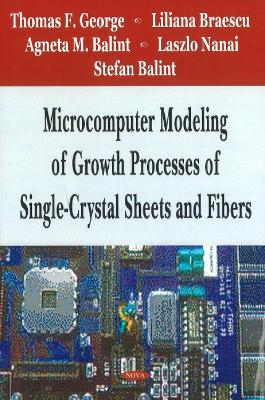Fibre (rod) and sheet-shaped crystals with specified size for use as final products without additional machining are required in various applications of modern engineering. In order to avoid formation of internal mechanical stress in the crystal, lateral surface shaping without contact with container walls is preferred. As the crystal is not restricted by crucible walls, its cross-section is determined by the meniscus-shaping capillary forces and the heat and mass-exchange in the melt-crystal system. Any variation of the pulling rate, pressure, temperature gradient in the furnace, and melt temperature at the meniscus base leads to a change in the crystal cross-section and to pinch formation. Over the past two decades, many experimental and theoretical studies have been reported on a powerful approach to crystal lateral surface shaping without contact with container walls, namely the so-called edge-defined film-fed growth (EFG) technique. The shape and size of a single crystal grown by EFG is determined by the shape and size of the meniscus, (i.e: the liquid bridge retained between the die and the crystal) which depend on the radius or half-thickness of the die and other properties such as pulling rate, pressure, temperature gradient and melt temperature. In this book, theoretical and numerical results are obtained using a non-linear mathematical model of the EFG method. Theoretical results presented for fibres and sheets are rigorously obtained on the basis of the equations of the model. Numerical results are obtained on the basis of theoretical results using experimental data. Such results offer a complete package of the possibilities of the model for equipment designers and practical crystal growers.
- ISBN10 1600212301
- ISBN13 9781600212307
- Publish Date 1 June 2006
- Publish Status Active
- Publish Country US
- Imprint Nova Science Publishers Inc
- Format Hardcover
- Pages 188
- Language English
